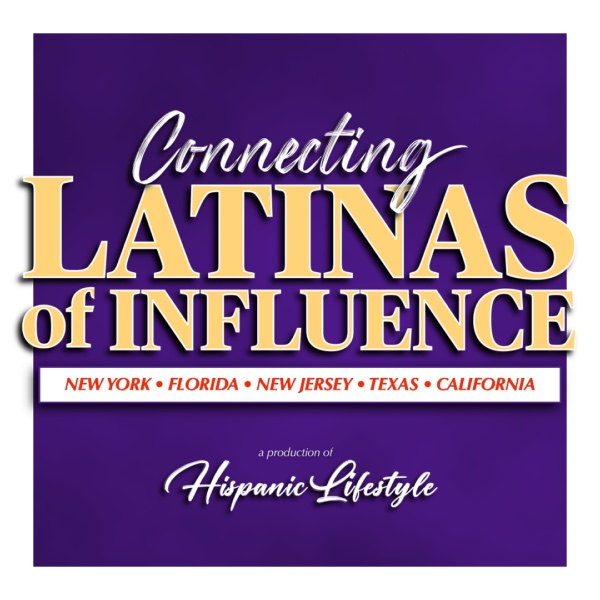
Demographics | 2017 Latino Population Update

The Nation’s Population Is Becoming More Diverse according to latest Census Figures.
Information was released by the U.S. Census on June 22, 2017.
The nation’s population has a distinctly older age profile than it did 16 years ago, according to new U.S. Census Bureau population estimates released today.
New detailed estimates show the nation’s median age — the age where half of the population is younger and the other half older — rose from 35.3 years on April 1, 2000, to 37.9 years on July 1, 2016.
“The baby-boom generation is largely responsible for this trend,” said Peter Borsella, a demographer in the Population Division. “Baby boomers began turning 65 in 2011 and will continue to do so for many years to come.”
Residents age 65 and over grew from 35.0 million in 2000, to 49.2 million in 2016, accounting for 12.4 percent and 15.2 percent of the total population, respectively.
These latest estimates present changes among groups by age, sex, race and Hispanic origin at the national, state and county levels between April 1, 2010, and July 1, 2016. The estimates also present changes over the same period among groups by age and sex for Puerto Rico and its municipios.
The population continues to be more diverse.
Nationally, all race and ethnic groups grew between July 1, 2015, and July 1, 2016. Throughout the release references to race groups indicate people who would be included in that group alone or in combination with any other race group, unless otherwise noted.
- The Hispanic population (including all races) grew by 2.0 percent to 57.5 million.
- The Asian population grew by 3.0 percent to 21.4 million.
- The Native Hawaiian and Other Pacific Islander population grew by 2.1 percent to 1.5 million.
- The American Indian and Alaska Native population grew by 1.4 percent to 6.7 million.
- The black or African-American population grew by 1.2 percent to 46.8 million.
- The white population grew by 0.5 percent to 256.0 million.
- Those who identified as being of two or more races grew by 3.0 percent to 8.5 million.
- The non-Hispanic white alone population grew by 5,000 people, remaining at 198.0 million.
The Hispanic Population (All Races)
Among states, California had the largest Hispanic total population (15.3 million) in 2016, while Texas had the largest numeric increase in the Hispanic population (233,100). New Mexico had the highest Hispanic share of its total population at 48.5 percent.
Among counties, Los Angeles County, Calif., had the largest Hispanic population (4.9 million) in 2016, while Harris County, Texas, had the largest numeric increase (39,600). Starr County, Texas, had the highest Hispanic share of the population (96.3 percent).




















